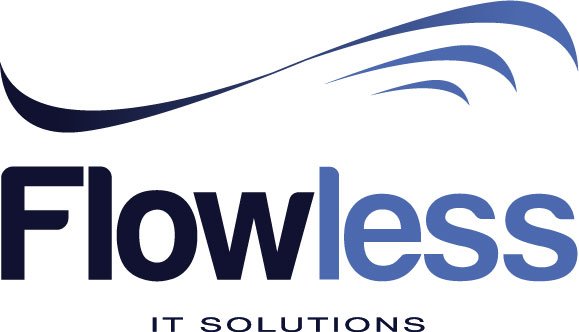What is Srumban?
Scrumban claims to be an Agile management technology that describes hybrids particularly of Scrum as well as Kanban. It was originally designed specifically as a method to transition precisely from Scrum to Kanban.
Nowadays Scrumban is a management framework which comes up when teams use Scrum in the form of their selected way of working moreover employ the Kanban Method in the form of a lens through which they can view, understand as well as keep on improving how they work.
The history of Scrumban
As the Kanban method actually was becoming more popular, then Scrumban was formed as a way to make it simpler and easier for present Scrum teams to start exploring Lean as well as Kanban concepts.
It can be seen that the first article concerning Scrumban that employs the spelling “Scrum-ban,” explains some levels to transition particularly from Scrum to Kanban.
Scrumban is actually distinct from Scrum precisely in the way that it emphasizes some various principles as well as practices which are majorly different particularly from Scrum’s traditional foundation. Scrumban is also distinct specifically from the Kanban Method.
The principles, as well as practices that are embedded within Scrumban, claim not to be unique when it comes to the software development procedure. You should know that they may be easily applied in some different contexts, giving a common language as well as shared experience present across interrelated business functions.
It has been claimed that this, in turn, may enhance the type of organizational alignment which is an important characteristic when it comes to success.
How it works, advantages and limitations
In Scrumban, it has been said that the teamwork is organised in small iterations moreover monitored with the aid of a visual board, this is similar to Scrum as well as Kanban boards. When it comes to illustrating each stage of the work, teams that are working particularly in the same space usually employ post-it notes. A large whiteboard may also be used.
When it comes to decentralized teams, it has been claimed that visual management software like Assembla, Targetprocess, Eylean Board, Agilo for Trac or even JIRA are usually employed.
Planning meetings are held to settle what user stories actually to complete particularly in the next iteration. After this, the user stories get added to the board moreover the team completes them, with the team functioning upon as few user stories in one time as is practical (i.e., the work-in-progress, or also WIP, limit).
To allow iterations to remain short, WIP limits get used. A planning trigger tends to be set in place particularly for the team to be able to have an idea when to plan next, i.e., when WIP tends to fall under a predetermined level.
You should know that no predefined roles are present in Scrumban. The team stays with the roles that they already possess.
The advantages include:
● Quality
● The benefit of just-in-time whereby decisions, as well as facts, are present precisely when needed
● Short lead time
● Kaizen (i.e. continuous improvement)
● Limiting waste (i.e. everything which is not giving value to the customer)
● It is said to provide process improvement particularly by adding some values specifically of Scrum. This is as and when required
Disadvantages
The disadvantages of Scrum includes:
● It needs an experienced team
● There are time expenses
● Scrum does not possess a defined end date.
● The Scrum estimation claims to be one of the toughest as well as wasteful parts
The disadvantages of Kanban includes:
● Less effective precisely in shared-resource situations
● Inflexible in demand changes along with product mix
● Variability elimination
● Production flow
— Slimane Zouggari
